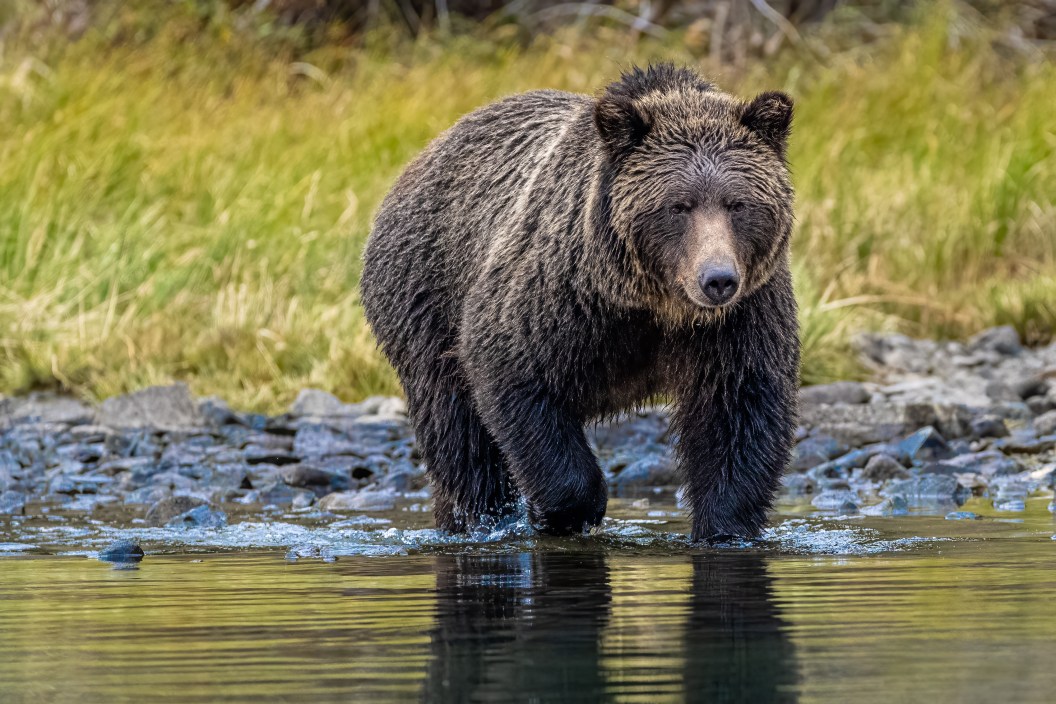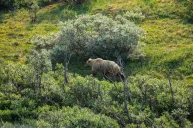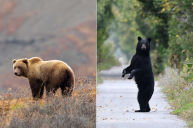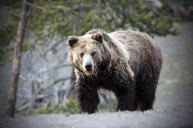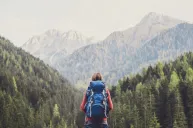On September 29, at around 8 p.m., a Parks Canada dispatch office received a Garmin InReach satellite device alert. A grizzly bear had attacked in the remote Red Deer Valley of Banff National Park in Alberta, Canada.
A response team specially trained in wildlife attacks rallied to the rescue. Hampered by bad weather, they were unable to use a helicopter and instead traveled on foot through the night to reach the valley. By the time they arrived, around 1 a.m., it was too late. The team discovered two people and their dog dead, with an aggressive grizzly bear nearby.
According to a Parks Canada statement, officials euthanized the grizzly bear and Royal Canadian Mounted Police later transported the victims to nearby Sundre, Alberta. Officials have closed portions of Banff National Park as a precaution.
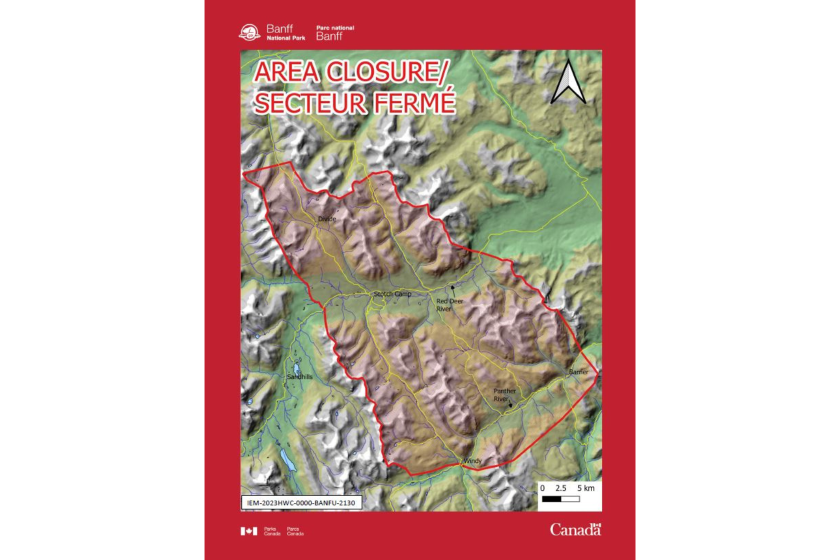
Parks Canada
Kim Tichener, a bear safety expert and friend to one of the victims' family members, told ABC News that the victims were a Canadian couple who were very experienced outdoor enthusiasts. They had traveled to Red Deer River Valley to camp with their dog.
The Grizzly Bears of Banff
Banff National Park, in Alberta's Rocky Mountains, is Canada's first national park. It's famous for massive mountains, turquoise lakes, and its black and brown bears.
Last month, video footage showed a grizzly and her cub following a group of hikers and a tour guide in the park. While the large cub appears to bluff charge the group a few times, the bears do not attack. Just last week, a 650-pound grizzly forced some Banff homeowners to cut down their fruit trees after it repeatedly showed up to eat their crab apples. The massive bear, known as "The Boss," became infamous for eating a black bear, and survived being struck by a train.
Despite these frequent bear encounters, actual attacks are rare, with only around 40 reported bear attacks, and two to five deaths, occurring in Canada each year. British Columbia has the highest reported number of attacks, followed by Alberta, where Banff is located.
Both grizzly and black bears are more active during the fall. They begin to eat and drink almost nonstop in preparation for hibernation, a process known as hyperphagia. Bears with unlimited food and water can eat 15,000 to 20,000 calories a day and drink several gallons of water. Because their food and water needs are so high during this time, bears are far more active and range farther afield, making chance encounters all the more likely during the fall months.
Parks Canada's lengthy webpage on bear safety recommends staying alert and bear-aware, always having your dog leashed, and always carrying bear spray.
